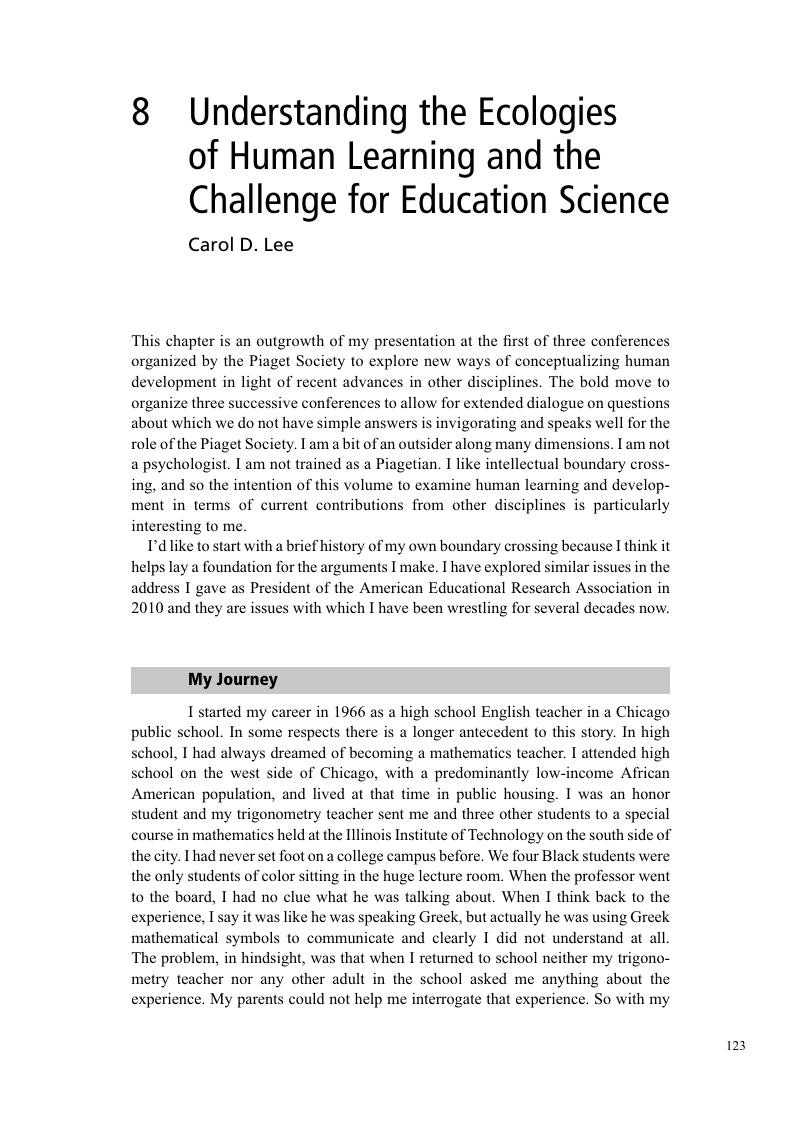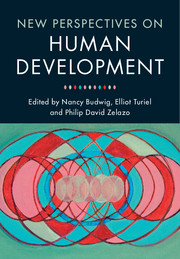Book contents
- New Perspectives on Human Development
- New Perspectives on Human Development
- Copyright page
- Contents
- Figures
- Maps
- Tables
- Contributors
- Preface
- 1 Developmental Processes, Levels of Analysis, and Ways of Knowing: New Perspectives on Human Development
- Part I Cognitive Development
- 2 Constructive Artificial Neural-Network Models for Cognitive Development
- 3 Rethinking the Emergence and Development of Implicit Racial Bias: A Perceptual-Social Linkage Hypothesis
- 4 The Differentiation of Executive Functioning Across Development: Insights from Developmental Cognitive Neuroscience
- 5 Organismic-Causal Models “From Within” Clarify Developmental Change and Stages
- 6 Developmental Evolution: Rethinking Stability and Variation in Biological Systems
- 7 NOC NOC, Who’s There? A New Ontological Category (NOC) for Social Robots
- 8 Understanding the Ecologies of Human Learning and the Challenge for Education Science
- Part II Social Development
- Part III Language and Communicative Development
- Index
- References
8 - Understanding the Ecologies of Human Learning and the Challenge for Education Science
from Part I - Cognitive Development
Published online by Cambridge University Press: 11 May 2017
- New Perspectives on Human Development
- New Perspectives on Human Development
- Copyright page
- Contents
- Figures
- Maps
- Tables
- Contributors
- Preface
- 1 Developmental Processes, Levels of Analysis, and Ways of Knowing: New Perspectives on Human Development
- Part I Cognitive Development
- 2 Constructive Artificial Neural-Network Models for Cognitive Development
- 3 Rethinking the Emergence and Development of Implicit Racial Bias: A Perceptual-Social Linkage Hypothesis
- 4 The Differentiation of Executive Functioning Across Development: Insights from Developmental Cognitive Neuroscience
- 5 Organismic-Causal Models “From Within” Clarify Developmental Change and Stages
- 6 Developmental Evolution: Rethinking Stability and Variation in Biological Systems
- 7 NOC NOC, Who’s There? A New Ontological Category (NOC) for Social Robots
- 8 Understanding the Ecologies of Human Learning and the Challenge for Education Science
- Part II Social Development
- Part III Language and Communicative Development
- Index
- References
Summary

- Type
- Chapter
- Information
- New Perspectives on Human Development , pp. 123 - 142Publisher: Cambridge University PressPrint publication year: 2017
References
- 6
- Cited by

